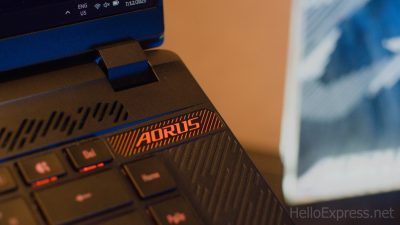
Snapdragon 8 Gen 2: 35% faster, 45% more efficient, raytracing and WiFi 7
As customary for Qualcomm, just before the year comes to a close, we get an injection of excitement to bring us to the next year. The Snapdragon 8 Gen 2 was announced yesterday with a fresh new core configuration, increased performance and efficiency as well as new features like zero shutter lag for up to 108MP cameras, raytracing support and WiFi 7.
Up to 35% faster, up to 45% more efficient
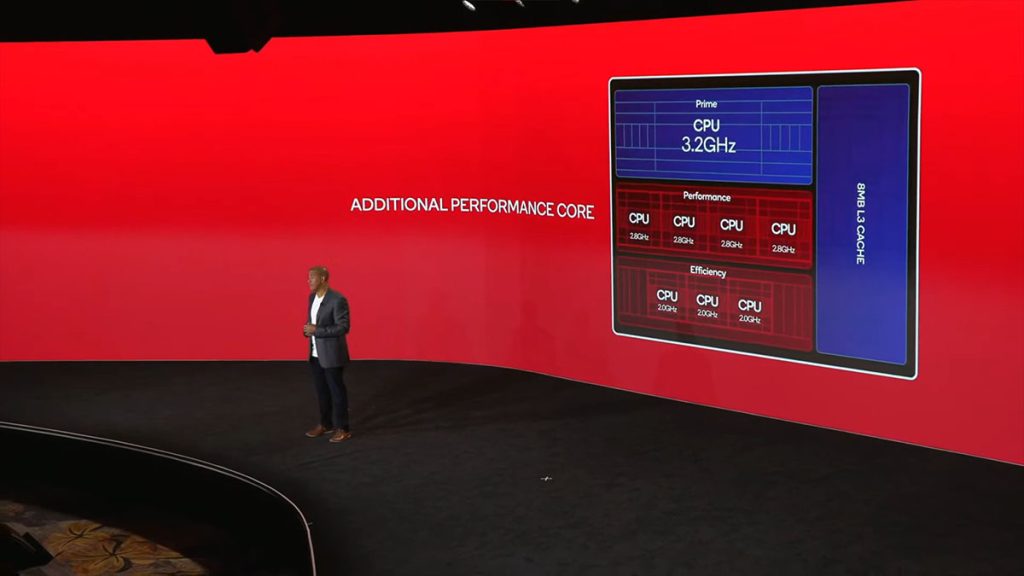
At the heart of the Snapdragon 8 Gen 2 is the new CPU configuration. Instead of the 1 Prime + 3 Performance + 4 Efficiency layout that has been used for a few years now, we now have a 1 Prime + 4 Performance + 3 Efficiency layout to enhance the multitasking chops.
The Cortex-X3-based Prime core runs at a whopping 3.2GHz for great single-threaded performance. Then we have the four Cortex-A715-based Performance cores running at up to 2.8GHz, and the four Cortex-A510-based Efficiency cores at 2.0GHz. Qualcomm claims up to 35% higher performance and 40% higher efficiency.
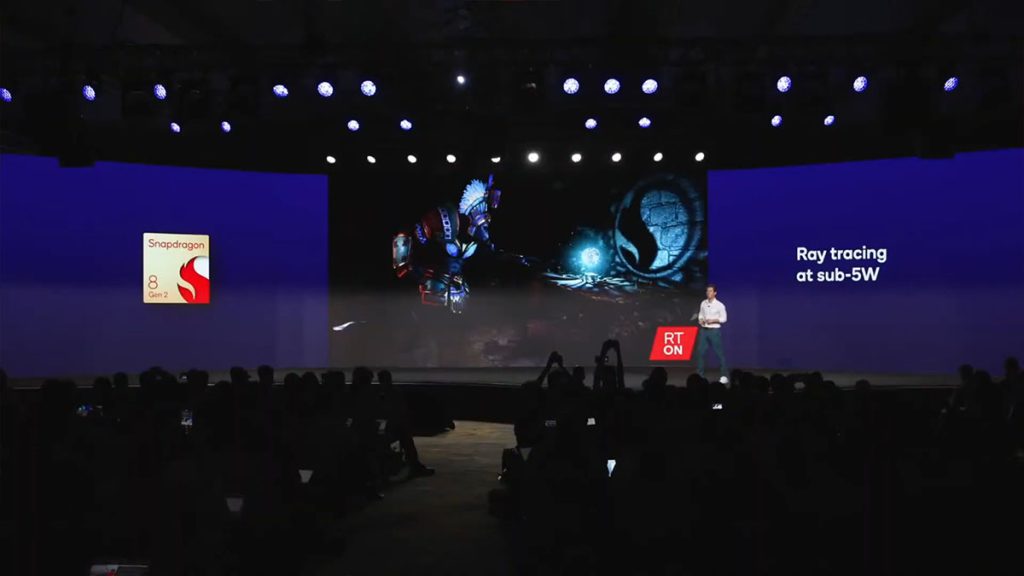
On the GPU end, we have a new Adreno GPU that promises 25% faster performance and 45% better efficiency. We also have new support for real-time hardware-accelerated raytracing. I still doubt that we will see too many Android games with RT features, but maybe Qualcomm will work with devs to kickstart adoption. Speaking of which, Qualcomm is working with Netease to bring raytracing to Justice Mobile, which is set to be the first game to feature it.
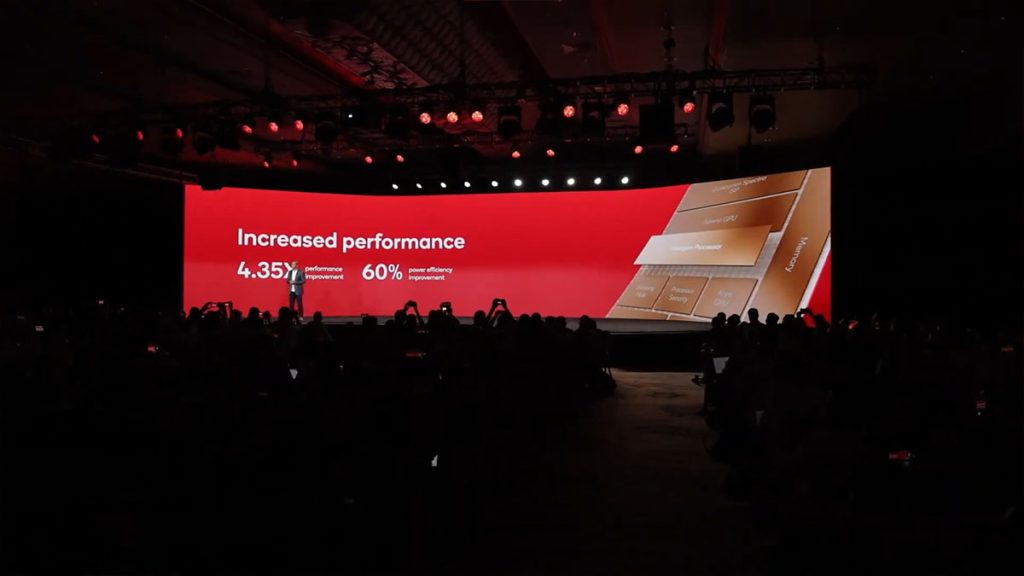
The AI performance of the Snapdragon 8 Gen 2 will also be a whopping 4.35X faster and up to 60% more efficient, with the new support for INT4 precision. Overall, these are what you would expect from a next-gen chipset. But what I find most interesting about all of these gains is that Qualcomm is still relying on TSMC’s 4nm node. Qualcomm didn’t get to rely on a new process to make things easier, so most of these gains can be directly attributed to the new core architectures from Arm and Qualcomm’s own efforts to optimize everything.
LPDDR5X, UFS 4.0, smarter cameras and WiFi 7
Along with the core improvements, Qualcomm is also upping performance in other areas of the Snapdragon 8 Gen 2. We have LPDDR5X-8400 support that should improve both efficiency and performance a tiny bit. There’s support for the new UFS 4.0 standard as well, promising up to double the read and write speeds of UFS 3.1 (up to 4200MB/s read and 2800MB/s write) as well as up to 46% higher efficiency than UFS 3.1.

As smartphones are now widely marketed based on their photography chops, the imaging capabilities of the Snapdragon 8 Gen 2 is also significantly improved to enable new experiences. We have a new cognitive triple 18-bit ISP, that allows for more intelligent scene optimizations. Support for staggered HDR image sensors like Sony’s upcoming IMX800 and IMX989 and optimizations for Samsung’s 200MP sensor are also integrated to deliver a better experience for mobile photographers.
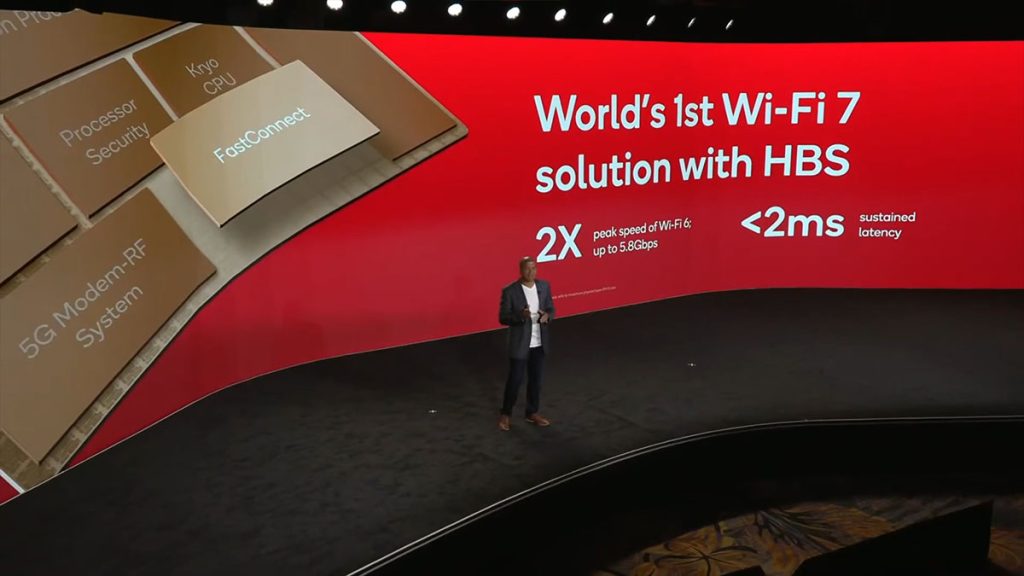
Last but not least, an updated Snapdragon X70 modem enables dual 5G SIM standby, and we also have WiFi 7 and dual-Bluetooth connectivity with the FastConnect 7800. As the first WiFi 7-ready chipset, the Snapdragon 8 Gen 2 promises speeds of up to 5.8Gbps, but we will probably have to wait for some time before we get to see routers ready to support such speeds.
Snapdragon 8 Gen 2 devices: coming as early as end 2022
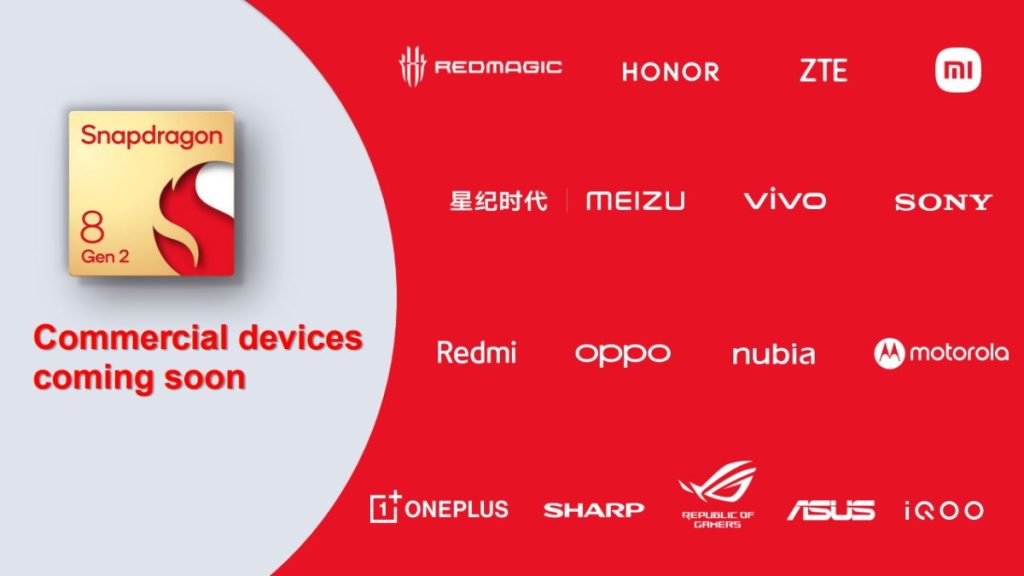
As you would expect, Qualcomm’s long list of partners have already committed to feature the Snapdragon 8 Gen 2 in their next-gen devices. Interestingly enough, Samsung is not in the list, despite Qualcomm previously confirming that the Galaxy S23 series will be powered exclusively by the Snapdragon 8 Gen 2. The first devices featuring the new chipset will appear as early as later this year, although you can expect to see the bulk of them arrive in early 2023.








